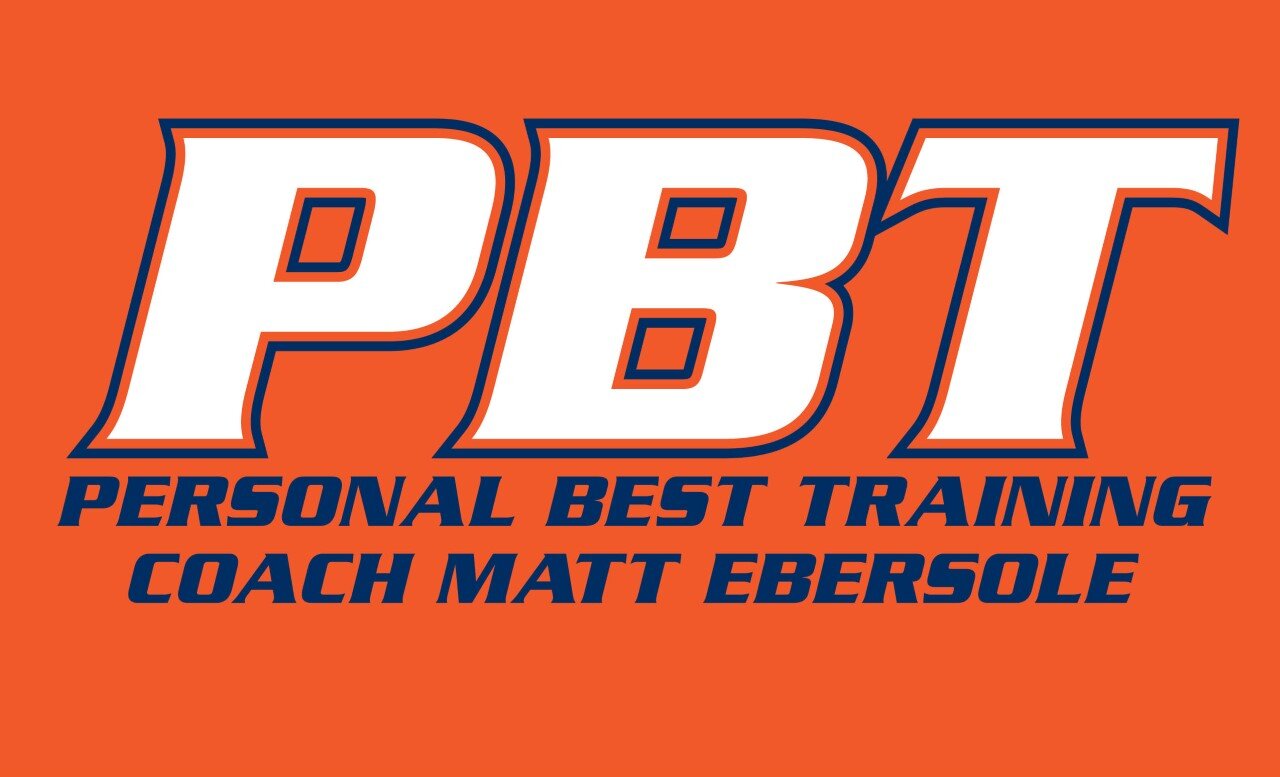How to Find Your Unique Training Balance
Have you ever wondered why a
training program that works well for someone else does little or nothing for you? It is simply because you are different
runners and your needs are different to see significant improvement. As you prepare for your Monumental race it is
a good time to objectively assess yourself as a runner to determine your best return
on training investment to keep your improvement curve moving in the right
direction. By recognizing your strengths and weaknesses and the demands
specific to your race distance you can plan your training in the proper balance
to keep building your strengths and improve your weaknesses.
We can boil down all workouts to
these four basic purposes, endurance, stamina, economy, and speed. Endurance is the ability to get from point A to
point B without stopping. Stamina is the ability to maintain a pace from
point A to point B. Economy is the physiological cost of a given pace and
speed is the ability to run faster than race pace.
If this is your first attempt at
a new distance the first goal is to finish mandating that endurance is your
priority. However, if you have a closet
full of race t-shirts and finisher’s medals staying focused on endurance will
have you wondering why your improvement curve is flat or downhill. You have proven you can get to point B and
now it is time to think about the pace from A to B requiring more stamina to
compliment your endurance.
If you have done a great job blending
endurance and stamina and have several strong races on your resume but seem
stuck on a plateau with no breakthrough in sight it is time to raise you limits
with more concentrated economy training. If we put you on a treadmill next
to another runner keeping all the variables constant and at goal pace they are
working at 75% of maximum effort and you are chugging along at 85% we know two
things. They will be able to maintain
this pace longer and they can speed up and still be doing less work than
you. You will need to do economy based
workouts to lower you workload at goal pace to get off your plateau and see
another PR.
Similarly, though it is not much of a
challenge to run faster than long distance goal pace, you will still benefit from speed improvement because like
economy training it will raise your limits. The faster you can run
for shorter distances the more comfortable the relatively slower pace of long
distances become. By raising your
economy and speed ceilings running at the same percentage of maximum effort
will result in a faster race.
Yes, you got it! Now you see that all four purposes begin to overlap
and build on each other. To be at your best you will need to address all
four components. The key is to know where you are now and be able to find the
best balance in your training for the next few months to have the greatest
effect on race day.
If you are thinking this is a
great concept but you need to know more to implement it into your training,
stay tuned to personalbesttraining.com.
I will be conducting several clinics in the next couple of weeks to
further explain the specifics of assessing your current fitness and balancing
endurance, stamina, economy, and speed to have you at your best on race day.

